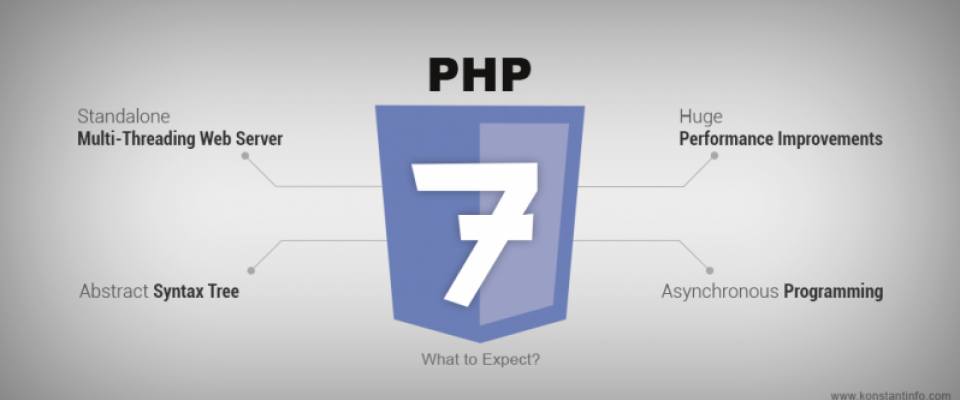PHP has a cool function that automatically highlights PHP code called highlight_string(); Theoretically this could be used to roll your own code highlighting on a site, rather than rely on JavaScript or some kind of external service to do it. In this article I'll show you the basics of how it works, then extended it with a few tricks. Since JavaScript is so similar to PHP in syntax, we can trick the function into highlighting JavaScript code as well. Then finally how we can bust out some smarts to auto-tab the code.
Basic Usage of the highlight_string function
The highlight_string() function just accepts a string, which must begin with . by default it echos/prints the line.
<?php highlight_string('<?php
$i = 1;
function rockOut() {
alert("wah wah wah");
}
?>'); ?>
The resulting HTML is:
<pre id="code_highlighted"><code><span style="color: #0000BB">
<span style="color: #0000BB"><script type="text/javascript">
</span><span style="color: #007700">if (</span><span style="color: #0000BB">true</span><span style="color: #007700">) {
echo </span><span style="color: #DD0000">'The value is true'</span><span style="color: #007700">;
} else {
echo </span><span style="color: #DD0000">'The value is false'</span><span style="color: #007700">;
}
</span><span style="color: #0000BB"></script></span>
</span>
If you'd rather have that string returned rather than printed, just pass TRUE as a second parameter.
Trick it into highlighting JavaScript
Benjamin Mayo (Darren Beige) put together a PHP function that would trick PHP into highlighting JavaScript code instead of exclusively PHP. Beyond that, it also applies proper tab indentation of code, despite what is present in the file. For example, even if the original code was completely flush left, the output will be nicely indented.
How it works
The indentation occurs by adding line breaks after every brace and semicolon if they are not already there. This puts each statement on it's own line, priming the code. However, the main bulk of the code for indentation happens in the loop itself.
$lineecho = $line;
if (substr_count($line, "\t") != $tab) {
$lineecho = str_replace("\t", "", trim($lineecho));
$lineecho = str_repeat("\t", $tab) . $lineecho;
}
$tab = $tab + substr_count($line, "{") - substr_count($line, "}");
The block works by keeping a count (in the variable $tab) of how many tab characters ("\t") there are on the previous line. The current line is counted for tabs using the substr_count() function. If the two values do not match, the echoed line is padded by the $tab value. This now means that the number of tab characters at the start of the line matches the number in the $tab variable. After this procedure, the new $tab value is calculated by taking the current $tab and adding on the number of opening braces found subtracting the number of closing braces.
The output code is in
tags so the tabs display properly.
Usage of the extended highlight function
Let's say you wanted to highlight a big chunk of JavaScript code that lived in a file. Easy, just include the PHP file/function, grab the contents of that file, and run the function on it.
<?php
include_once('format_javascript.php');
$BigJavaScriptString = file_get_contents('path/to/javascript.js');
echo format_javascript($testBigJS);
?>
So if you want to highlight code this way, you need to get it into a string variable. If you wanted to use this in a CMS, you would need to be able to save and run PHP inside the saved content areas. Or, you'd need to write some fancy regex stuff to parse content and look for particular tags and be able to extract the innards into a variable for highlighting.

